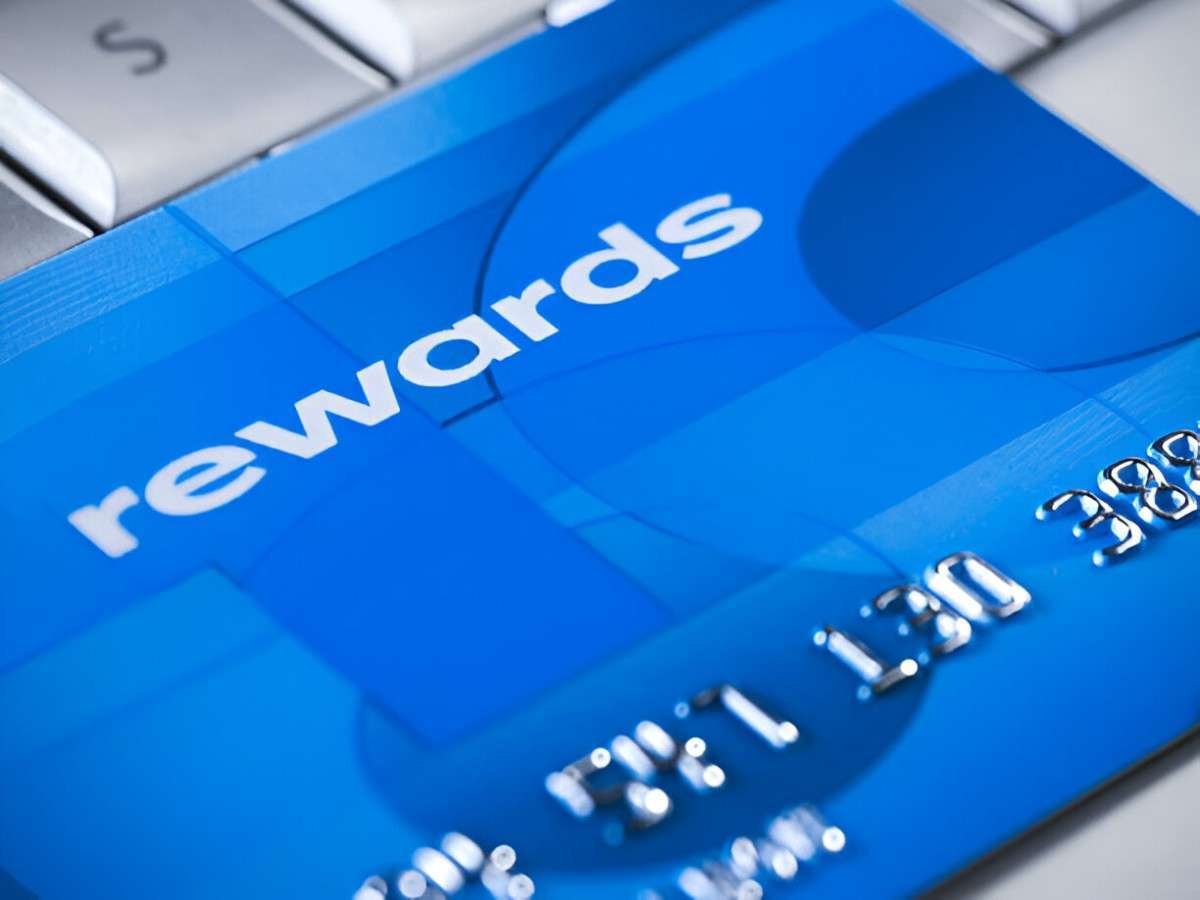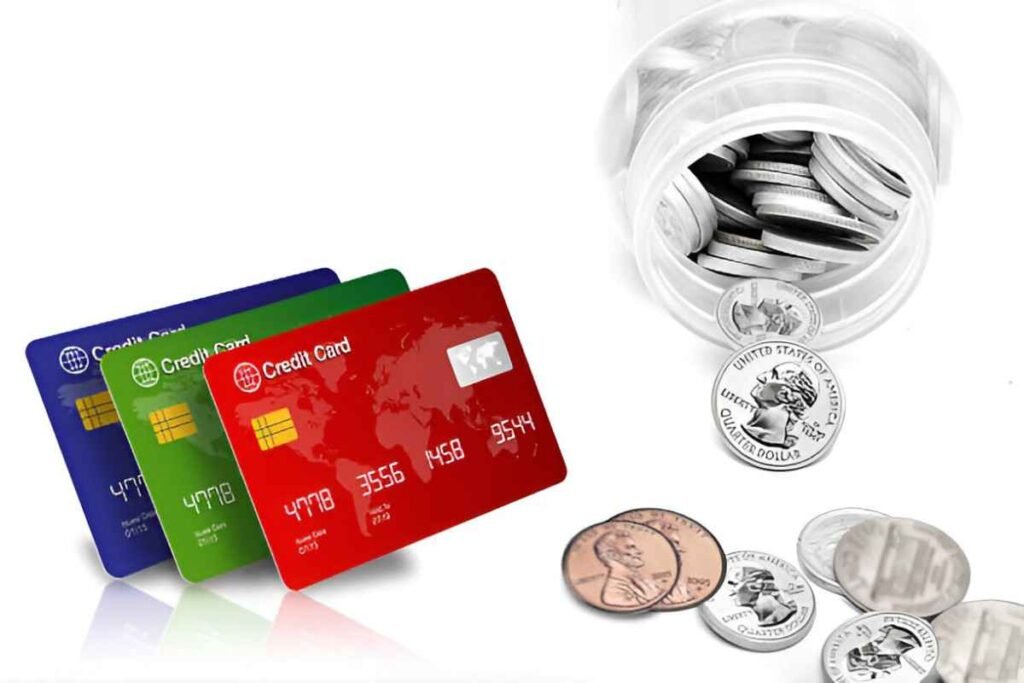When it comes to managing personal finances, one of the most appealing options available is a 0% APR rewards credit card. As someone who has spent years navigating credit card offers and figuring out what works best for me, I can tell you that these cards can provide significant benefits if used wisely. In this article, I will walk you through what 0% APR rewards credit cards are, how they work, and what you should know before you sign up for one. We’ll look at the advantages, potential pitfalls, and how to choose the best card for your needs.
Table of Contents
What is a 0% APR Rewards Credit Card?
To put it simply, a 0% APR rewards credit card offers two major benefits: zero interest on purchases for an introductory period and the opportunity to earn rewards on your spending. The APR, or Annual Percentage Rate, is the interest rate that credit card companies charge on any balance you carry over from month to month. A 0% APR means you won’t pay any interest during the introductory period, typically lasting anywhere from 12 to 18 months.
On top of that, a rewards credit card allows you to earn points, miles, or cashback on every purchase you make. Whether it’s for groceries, dining out, or travel, each dollar spent could translate into rewards that can be redeemed for statement credits, travel discounts, or other perks.
How Do 0% APR Rewards Cards Work?
The way these cards work is relatively straightforward, but there are a few details to consider. First, the 0% APR applies only to new purchases (and sometimes balance transfers) for a specified introductory period. After this period expires, the interest rate jumps to the card’s regular APR, which can be anywhere from 14% to 25%.
Here’s where it gets interesting: if you manage to pay off your balance within the introductory period, you avoid any interest charges altogether. Let’s say you spend $1,000 on a new TV using a 0% APR card with a 12-month intro period. If you pay the full $1,000 off before the 12 months are up, you will owe nothing in interest.
But if you only pay $50 per month, by the end of the 12 months, you will have paid off $600 and still owe $400, which will then accrue interest at the card’s regular APR.
Here’s an example of how interest charges would work if you don’t pay off the balance before the 0% APR period ends. Assume the APR after the intro period is 18% and you have a remaining balance of $400.
Example Calculation for Interest Charges After Intro Period
| Remaining Balance | APR | Interest Charged per Month | Total Interest (After 1 Month) |
|---|---|---|---|
| $400 | 18% | $6.00 | $6.00 |
In this example, if you leave the balance of $400 for another month, you would incur $6 in interest charges. Over time, these small amounts can add up, so it’s important to pay off the balance as quickly as possible during the 0% APR period.
What Rewards Can You Earn?
Now that we understand how the 0% APR feature works, let’s talk about the rewards. Many 0% APR credit cards come with an attractive rewards program. There are typically three types of rewards:
- Cashback: You earn a percentage of your spending back in the form of cash, which is often credited to your statement or deposited directly into your bank account.
- Points: You earn points based on your spending, which can later be redeemed for travel, merchandise, or gift cards.
- Miles: If you’re a frequent traveler, earning miles on every purchase can lead to discounted or free flights, hotel stays, and other travel-related perks.
To give you a better sense of how rewards can accumulate, let’s look at a few examples. Let’s say you have a card that offers 1.5% cashback on every purchase and you spend $1,500 on groceries, gas, and dining in a month.
Example of Cashback Rewards Calculation
| Spending Category | Amount Spent | Cashback Rate | Cashback Earned |
|---|---|---|---|
| Groceries | $500 | 1.5% | $7.50 |
| Gas | $400 | 1.5% | $6.00 |
| Dining | $600 | 1.5% | $9.00 |
| Total | $1,500 | $22.50 |
So, for the $1,500 spent across different categories, you would earn $22.50 in cashback for the month. Over time, these rewards can add up, helping you reduce the cost of purchases or offsetting any balance carried after the 0% APR period ends.
Benefits of 0% APR Rewards Credit Cards
There are several reasons why you might want to consider a 0% APR rewards credit card:
- Interest-Free Period: As long as you pay off your balance before the interest rate kicks in, you can enjoy interest-free purchases.
- Flexibility with Purchases: With no interest for several months, you can make larger purchases without the pressure of paying them off immediately.
- Rewards for Everyday Spending: You can earn rewards for spending you would do anyway, like groceries, gas, and bills. This can be a great way to earn some extra cash or points.
- Travel Perks: Some rewards cards offer additional travel benefits, like points towards flights or hotel stays, which is useful if you travel frequently.
Potential Drawbacks of 0% APR Rewards Cards
While the benefits of 0% APR rewards credit cards are clear, there are also some potential drawbacks to be aware of:
- High APR After Introductory Period: If you still have a balance left after the 0% APR period ends, the interest rate can skyrocket. This can lead to significant debt if you’re not careful.
- Fees: Some cards charge annual fees or balance transfer fees, which could outweigh the benefits of the rewards or the 0% APR.
- High Spending Requirements for Bonuses: Many 0% APR rewards cards come with sign-up bonuses, but they often require you to spend a certain amount within the first few months. If you’re not able to hit that spending threshold, you could miss out on the bonus.
- Complicated Terms: With some cards, the terms of the rewards program can be difficult to understand, especially if there are limitations on earning or redeeming rewards.
How to Choose the Best 0% APR Rewards Credit Card
Choosing the best card depends on your financial goals and habits. Here’s what to consider:
- Introductory APR Period: Look for a card with a long 0% APR period, especially if you plan on making a large purchase and need time to pay it off.
- Rewards Program: Compare the rewards offered by different cards. If you’re more interested in cashback, choose a card that offers a solid cashback rate. If travel is your priority, look for cards offering travel miles or points.
- Annual Fees: Be cautious of high annual fees that can negate the benefits of the rewards program. Look for cards with no annual fee or low fees, especially during the first year.
- Regular APR: Always check the regular APR after the introductory period ends. Ideally, you want a low regular APR in case you carry a balance beyond the introductory period.
Here’s a simple comparison of three popular 0% APR rewards credit cards:
| Card Name | Introductory APR | Rewards Program | Annual Fee | Regular APR after Intro Period |
|---|---|---|---|---|
| Card A | 0% for 15 months | 1.5% cashback on all purchases | $0 | 18% |
| Card B | 0% for 12 months | 2x points on travel and dining | $95 | 16% |
| Card C | 0% for 18 months | 1% cashback + bonus categories | $0 | 20% |
Conclusion
A 0% APR rewards credit card can be a powerful tool for managing your finances and earning rewards, but it’s important to use it wisely. Be sure to take advantage of the interest-free period by paying off your balance in full before the regular APR kicks in. Also, choose a card with rewards that fit your spending habits and ensure that the card’s fees don’t outweigh the rewards you earn.
By carefully comparing different cards and understanding the terms and conditions, you can make the most of a 0% APR rewards credit card. It’s not just about avoiding interest—it’s about making your everyday spending work for you.





